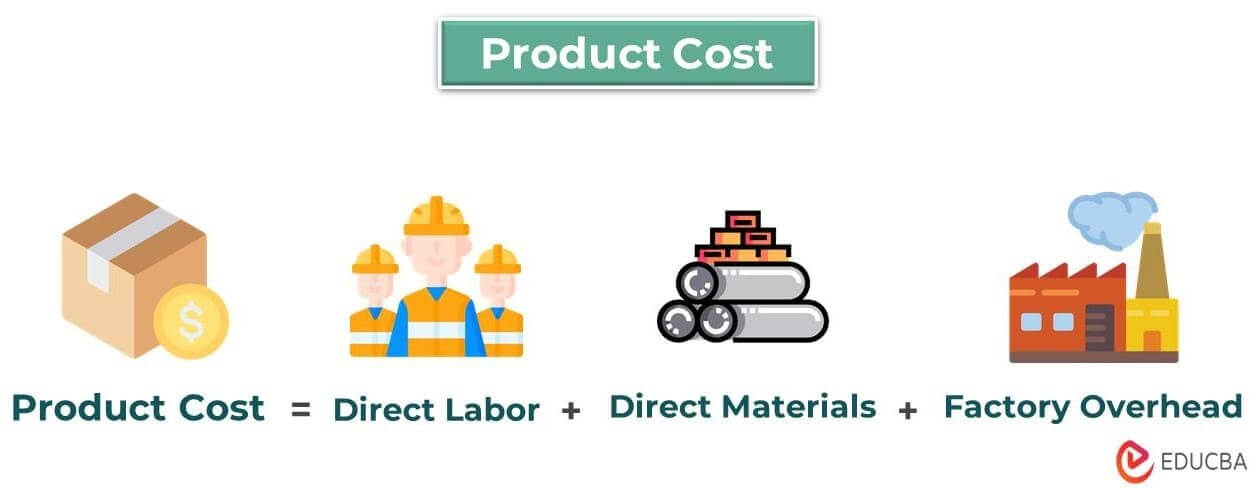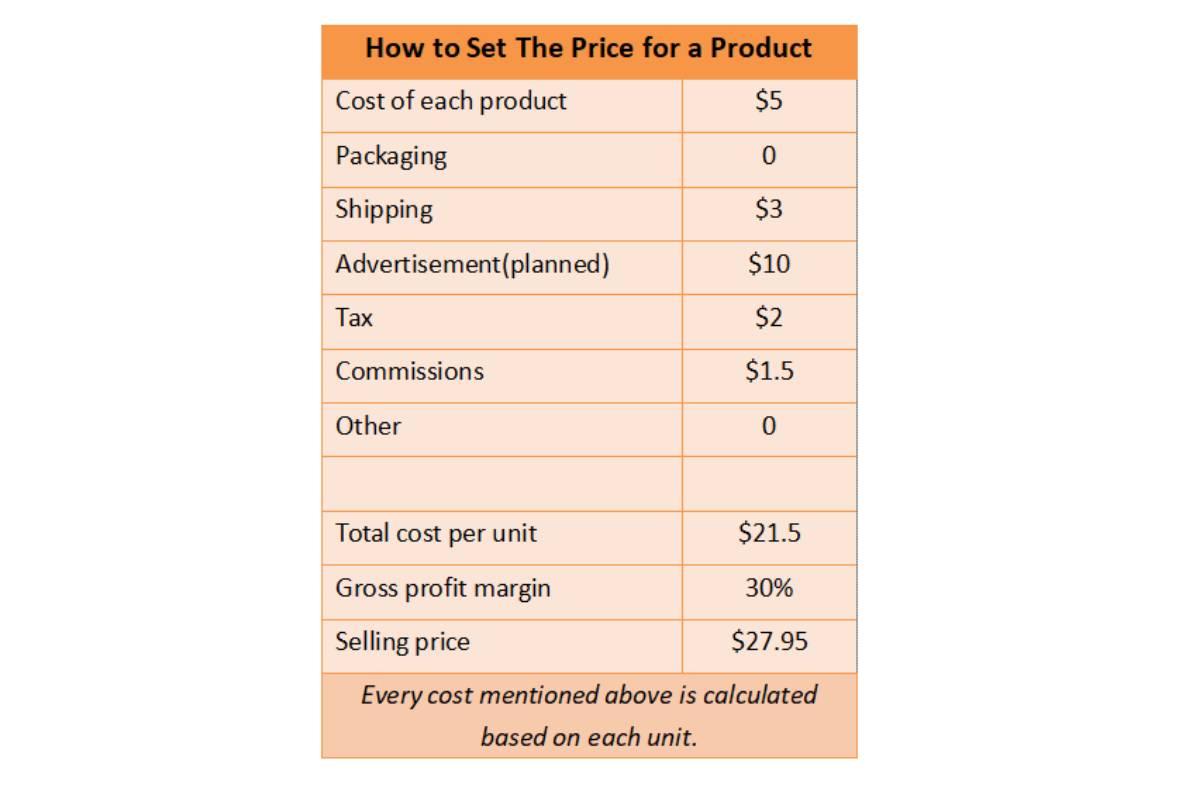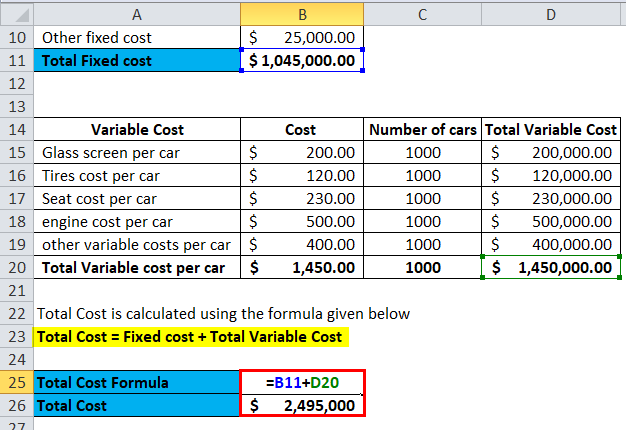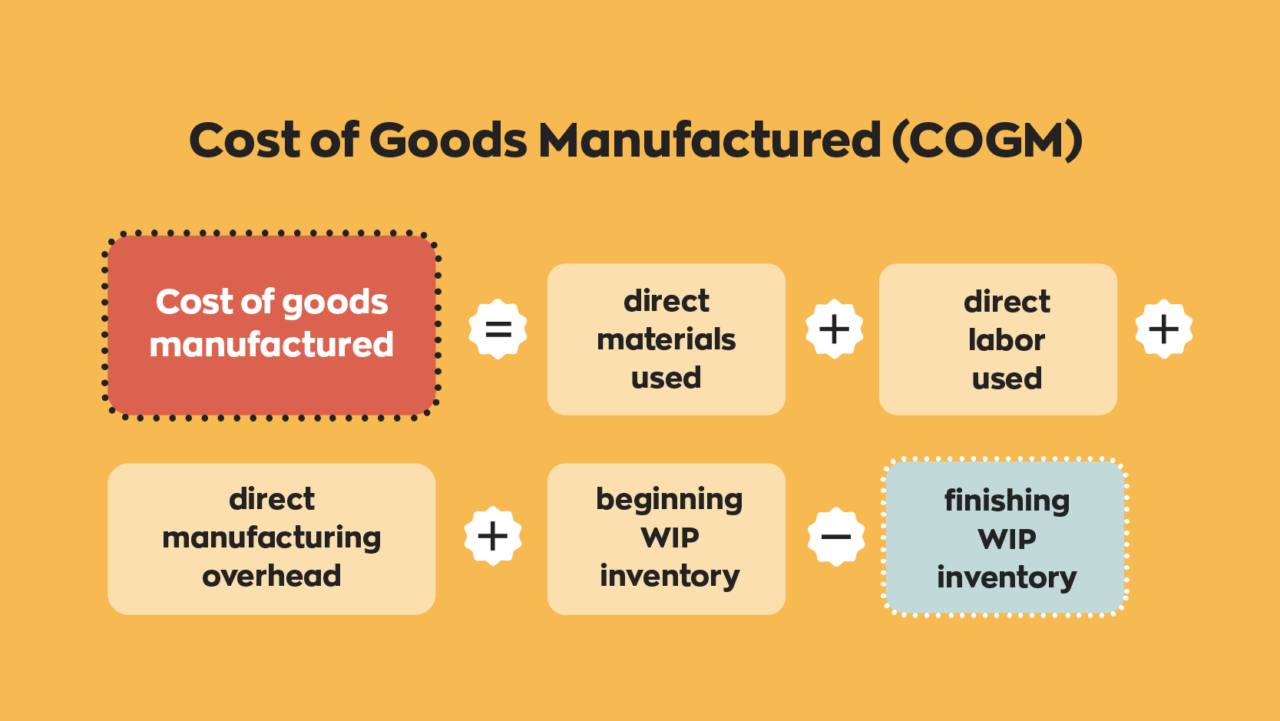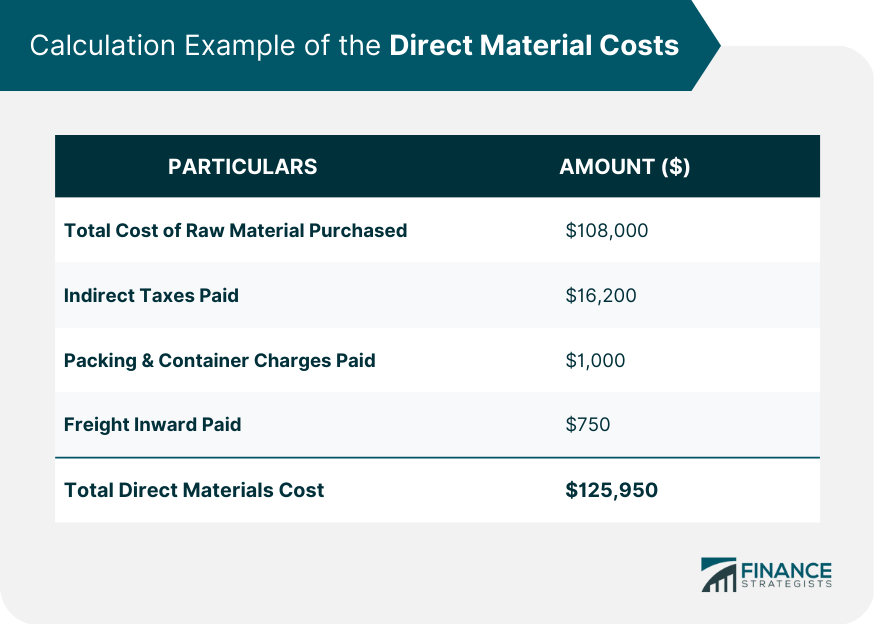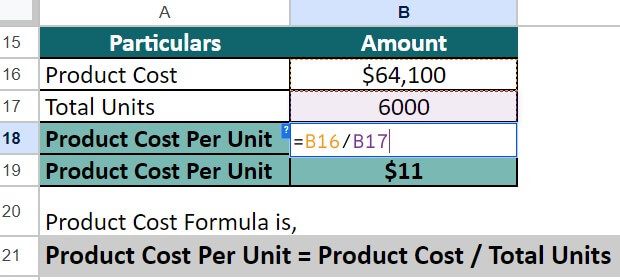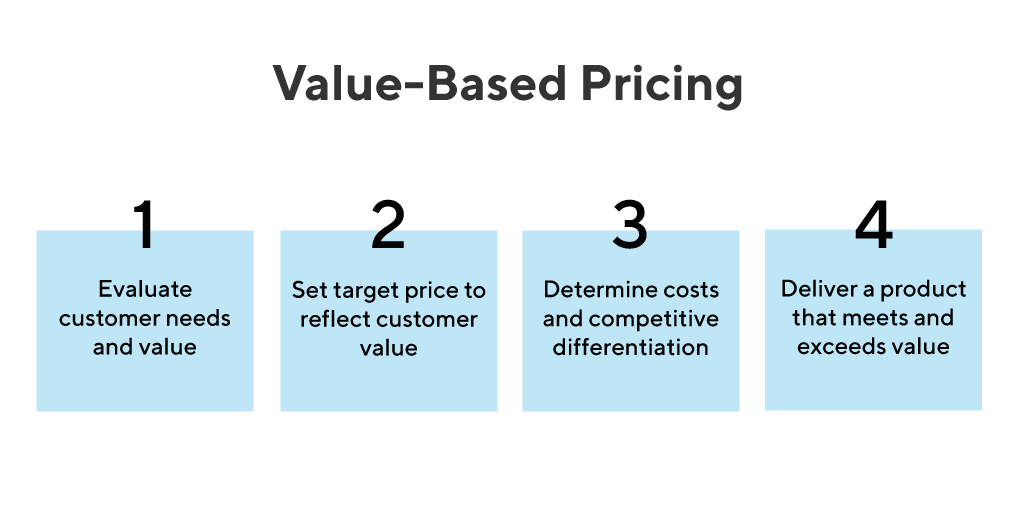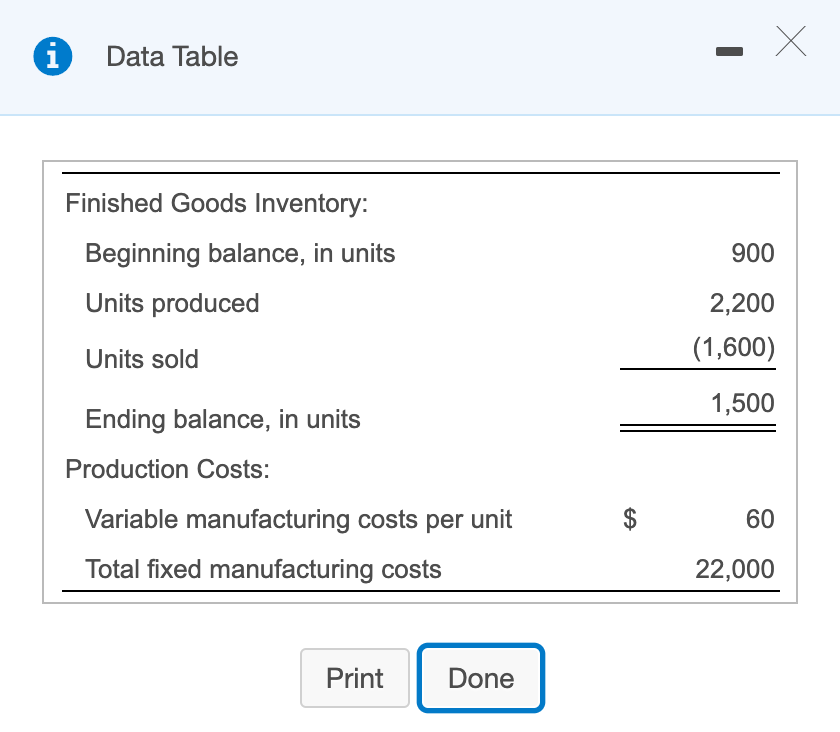How To Determine What To Charge For A Product
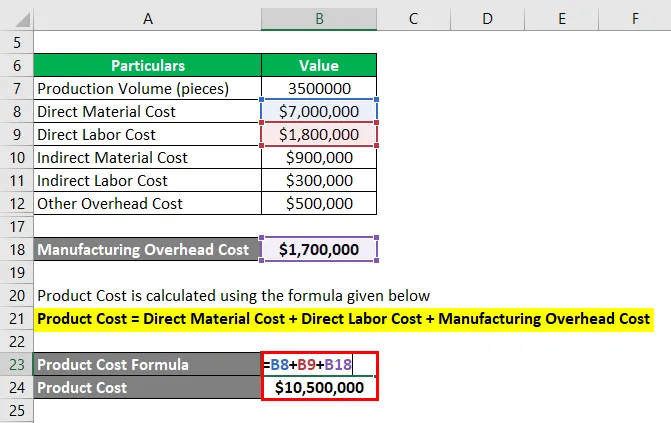
In the cutthroat world of business, pricing stands as a pivotal battlefield. One wrong move can lead to plummeting profits, a stalled product launch, or even the outright failure of an enterprise. Businesses, both fledgling and established, grapple with the daunting task of pinpointing the optimal price point for their products – a decision fraught with complexities and far-reaching implications.
Determining what to charge for a product isn't a simple equation; it requires a multifaceted approach that considers production costs, market demand, competitor pricing, and perceived value. This article delves into the key strategies and considerations that businesses must navigate to arrive at a price that maximizes profitability while remaining attractive to customers.
Understanding Your Costs: The Foundation of Pricing
The bedrock of any pricing strategy is a thorough understanding of your costs. Failing to accurately account for all expenses can lead to unsustainable pricing models and financial losses.
Cost-plus pricing, a straightforward approach, involves calculating the total cost of producing a product and adding a desired profit margin. This method ensures that all expenses are covered and a predetermined profit is realized on each sale.
However, relying solely on cost-plus pricing can be limiting, especially in competitive markets. It doesn't account for external factors like customer demand or competitor actions.
Beyond Direct Costs: Uncovering Hidden Expenses
Don't overlook indirect costs. These can include rent, utilities, salaries, marketing expenses, and research and development.
Accurately allocating these overhead costs to individual products can be challenging, but it's crucial for a comprehensive cost assessment. Ignoring these expenses can create a false sense of profitability.
Consider utilizing activity-based costing to allocate indirect costs more precisely based on the activities required to produce each product.
Analyzing the Market: Gauging Demand and Competition
Understanding the market is as critical as knowing your costs. Ignoring market dynamics can lead to mispricing and missed opportunities.
Demand dictates what consumers are willing to pay. Conducting market research, analyzing sales data, and monitoring industry trends can help you gauge demand for your product.
Competitive analysis provides insights into how similar products are priced in the market. This analysis helps you determine whether to position your product as premium, value-driven, or somewhere in between.
Price Elasticity: Understanding Consumer Sensitivity
Price elasticity of demand measures how much the quantity demanded changes in response to a change in price. Products with high price elasticity are very sensitive to price changes, while those with low elasticity are less so.
Understanding the price elasticity of your product can inform your pricing decisions. If demand is highly elastic, even small price increases can lead to a significant drop in sales.
Factors like brand loyalty, product differentiation, and availability of substitutes influence price elasticity.
Value-Based Pricing: Focusing on Customer Perception
Value-based pricing focuses on the perceived value that your product offers to customers. This approach involves determining how much customers are willing to pay based on the benefits they receive.
This method often requires a deep understanding of your target audience. It also involves identifying their needs, pain points, and willingness to pay for solutions.
Value-based pricing allows you to potentially charge a premium price. However, it depends on your ability to effectively communicate the value proposition of your product.
Psychological Pricing: Tapping into Consumer Behavior
Psychological pricing leverages psychological principles to influence consumer perception and purchase decisions. Techniques like charm pricing (e.g., $9.99 instead of $10.00) and prestige pricing (setting prices high to signal quality) can be effective in certain situations.
For example, setting a price just below a whole number can create the illusion of a lower price point. This method plays on the tendency of consumers to focus on the left-most digit.
However, psychological pricing should be used ethically and strategically. Overuse can erode customer trust.
Dynamic Pricing: Adapting to Changing Conditions
Dynamic pricing involves adjusting prices in real-time based on factors such as demand, competition, and inventory levels. This approach is commonly used in industries like airlines and e-commerce.
Algorithms and data analytics are used to automate the pricing process, adjusting prices to maximize revenue. This requires sophisticated technology and real-time data monitoring.
Dynamic pricing can be highly effective in optimizing revenue, but it's crucial to be transparent with customers and avoid price gouging.
Conclusion: A Continuous Optimization Process
Determining what to charge for a product is not a one-time decision but an ongoing process. Businesses must continuously monitor their costs, analyze market trends, and adapt their pricing strategies to stay competitive and profitable.
By combining a solid understanding of cost structures with market intelligence and a customer-centric approach, companies can effectively navigate the complexities of pricing and achieve sustainable success.
Ultimately, finding the optimal price requires a balance between maximizing profitability and providing value to customers. Staying informed and adaptable is key to achieving this balance in the dynamic business environment.
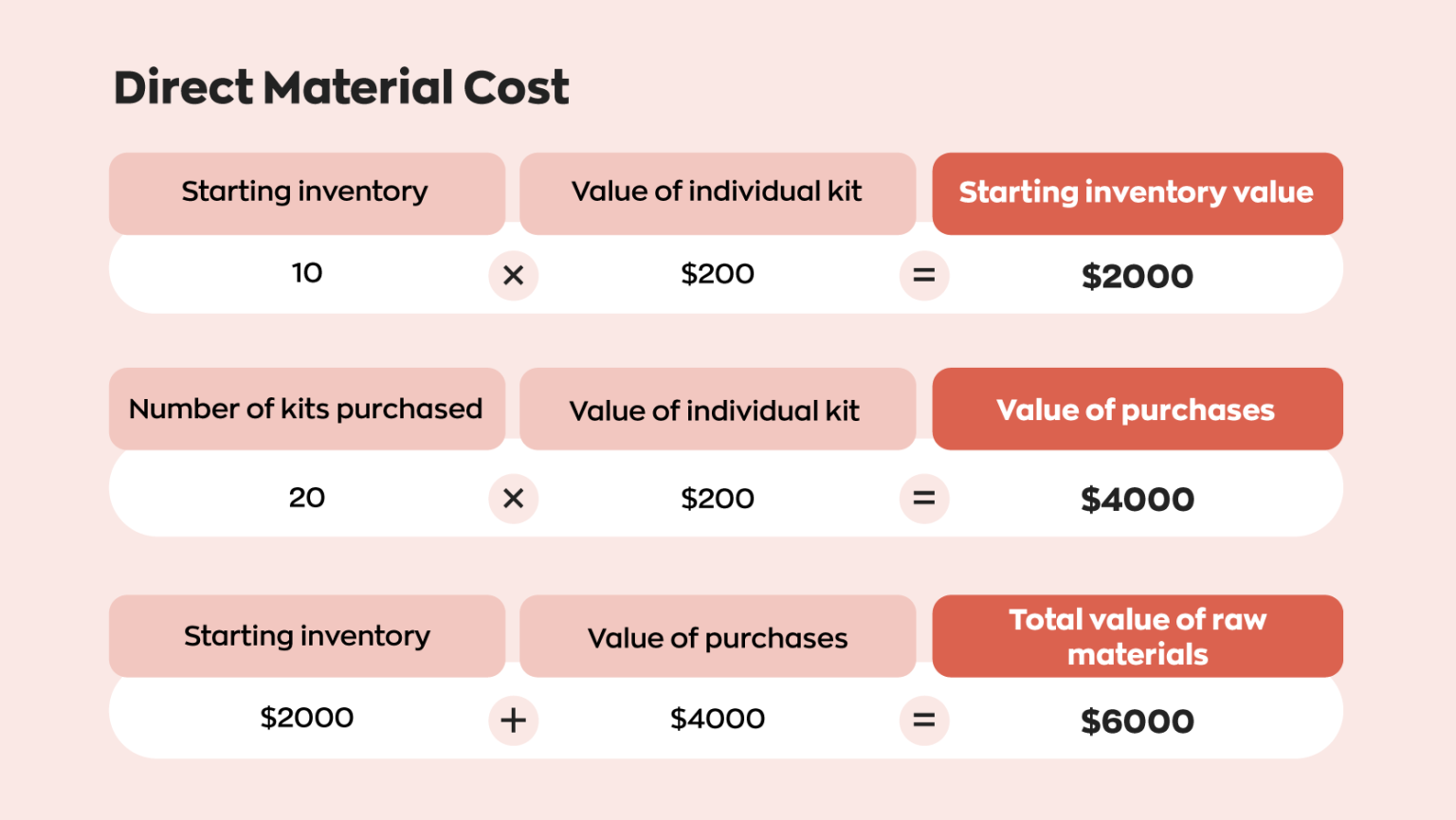

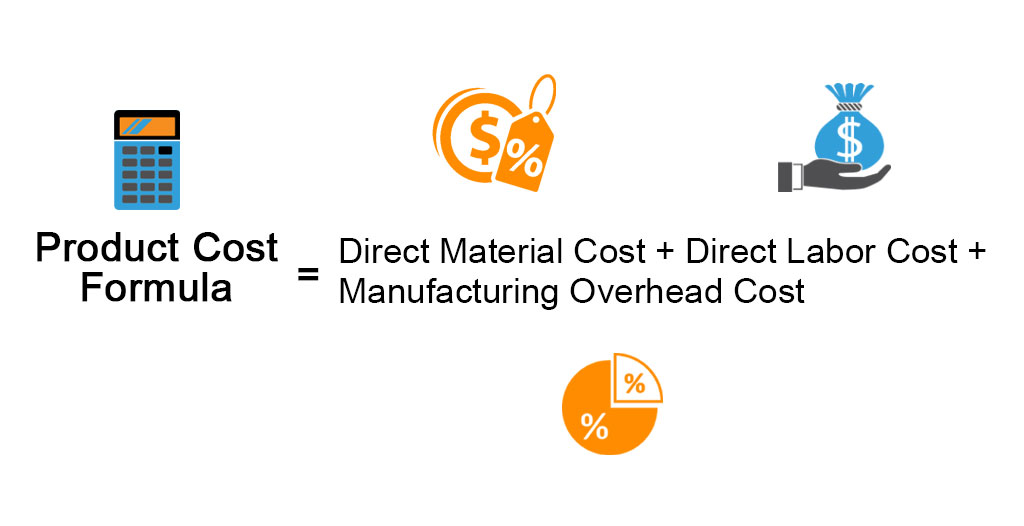
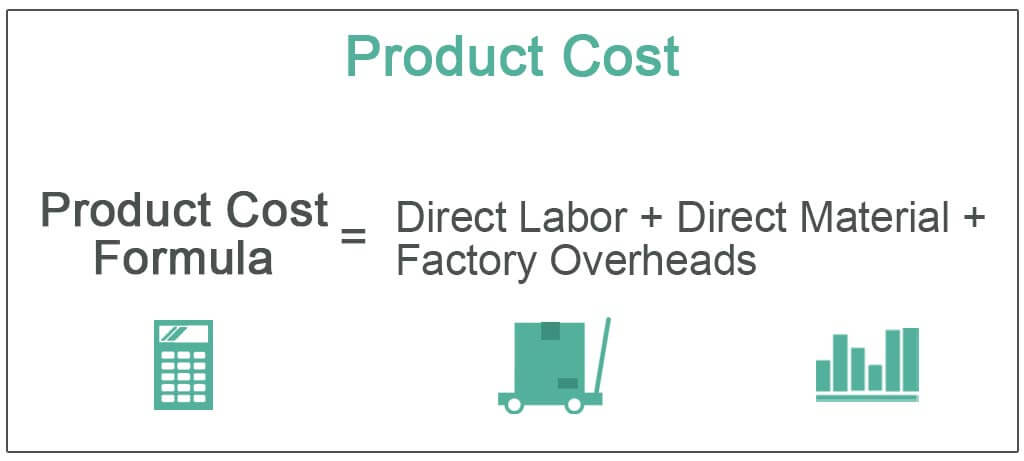
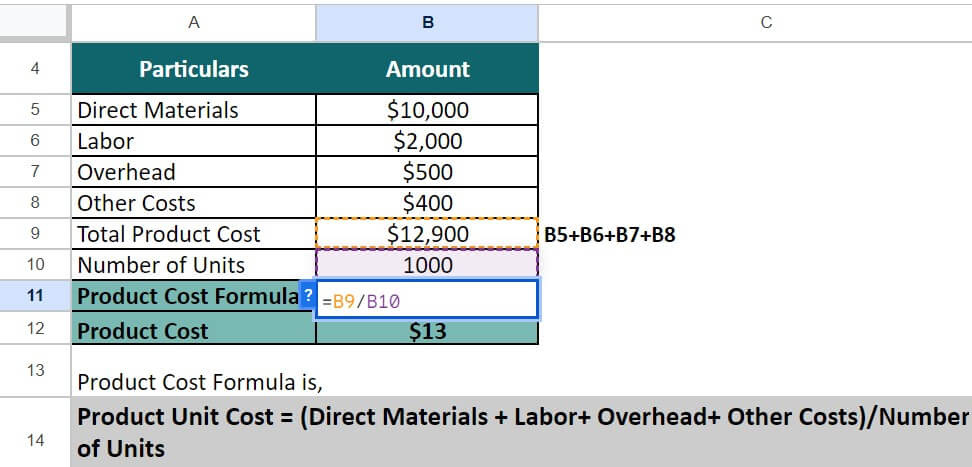

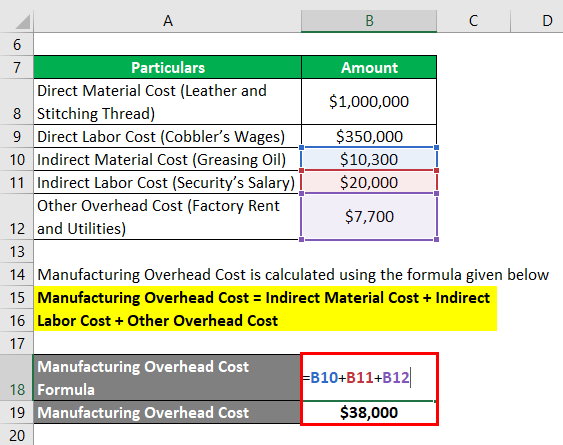
![How To Determine What To Charge For A Product How to Price A Product [Free Calculator & Formulas]](https://images.onlinelabels.com/images/learning-center/articles/product-pricing-calculator-example.jpg)
